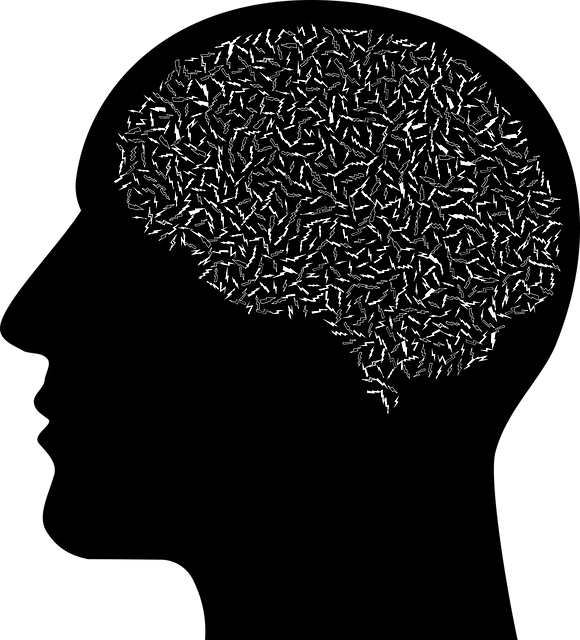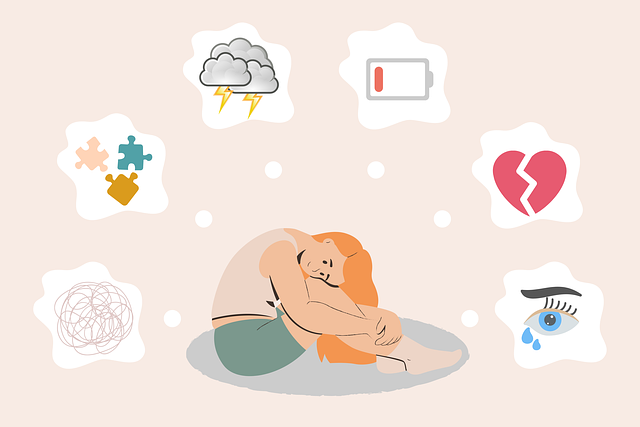Greenwood Village Therapy leverages community outreach to extend mental health services beyond traditional clinic settings, fostering accessibility and awareness. Their inclusive approach combines tailored programs, open conversations, and media like the Mental Wellness Podcast Series to reduce stigma and increase support networks for all demographics. Through thorough research, they identify specific needs of target communities, implementing strategies such as mood management techniques and cultural competency training for healthcare providers. Measuring impact involves structured objectives, reliable assessment tools, and feedback mechanisms to ensure continuous improvement, fostering community resilience while encouraging therapists' self-care to prevent burnout.
Community outreach programs are vital for therapists and clinicians, offering a unique opportunity to expand their impact beyond traditional practices. This article explores the significance of such initiatives, using Greenwood Village Therapy as a case study, demonstrating how these programs can engage and benefit diverse communities. We’ll delve into effective implementation strategies tailored for therapists, highlighting measurable outcomes and continuous improvement techniques. Discover how Greenwood’s approach enhances patient reach and clinical success.
- Understanding Community Outreach: Why Greenwood Village Therapy Matters
- Implementing Effective Programs: Strategies for Therapists and Clinicians
- Measuring Impact: Evaluating Success and Continuous Improvement
Understanding Community Outreach: Why Greenwood Village Therapy Matters

Community outreach is a powerful tool for therapists and clinicians to extend their impact beyond traditional clinic settings. Greenwood Village Therapy stands out in this realm by fostering connections and promoting mental health awareness among diverse communities. Through innovative programs, they bridge the gap between therapy services and those who might otherwise face barriers to access. This inclusive approach ensures that mental wellness becomes a community priority, not just an individual pursuit.
By implementing outreach initiatives, Greenwood Village Therapy encourages open conversations about mental health, reducing stigma and increasing support networks. Their strategies cater to various demographics, including underserved populations often overlooked in conventional healthcare settings. This holistic mission aligns with the broader goals of Mental Health Policy Analysis and Advocacy, underscoring the importance of community-driven solutions. Additionally, their Mental Wellness Podcast Series Production showcases the power of media in educating and inspiring listeners, while also promoting evidence-based Stress Reduction Methods.
Implementing Effective Programs: Strategies for Therapists and Clinicians

Implementing effective community outreach programs requires a strategic approach from therapists and clinicians like those at Greenwood Village Therapy. Firstly, identifying the specific needs of the target community is key. This involves thorough research to understand cultural nuances, socioeconomic factors, and prevalent mental health concerns unique to that area. By tailoring programs to address these needs, therapists can foster deeper connections and maximize the impact of their initiatives.
For instance, programs focused on mood management techniques or emotional healing processes can be particularly impactful in communities with high stress levels or traumatic histories. Additionally, healthcare provider cultural competency training is invaluable for building trust and ensuring inclusive services. Therapists who incorporate these strategies into their outreach efforts can effectively engage the community, promoting long-term well-being and enhancing access to mental health support.
Measuring Impact: Evaluating Success and Continuous Improvement

Measuring impact is a critical component of successful community outreach programs, especially when aimed at improving mental health and well-being. Therapists and clinicians in Greenwood Village or any similar setting must adopt a structured approach to evaluating their initiatives. This involves setting clear objectives and using reliable assessment tools to gauge the program’s effectiveness. By collecting data on participant engagement, satisfaction levels, and changes in mental health status, therapists can identify what works best and make informed adjustments. Continuous improvement ensures that the outreach programs remain relevant and impactful over time, catering to evolving community needs.
Incorporating feedback mechanisms and conducting regular reviews allows professionals to assess not only the short-term outcomes but also the long-term sustainability of their interventions. This holistic evaluation process is essential for maintaining a healthy balance between providing direct therapy and fostering community resilience. Moreover, it encourages therapists to prioritize self-care routines and develop strategies for burnout prevention, ensuring they can sustain their services effectively.
Greenwood Village Therapy offers a compelling model for community outreach, empowering therapists and clinicians to make a significant impact. By understanding the local needs and implementing tailored programs, professionals can create lasting change. Through strategic planning and measurable outcomes, as highlighted in this article, Greenwood Village demonstrates that collaborative efforts between therapy practices and communities can lead to improved well-being and enhanced service delivery, ultimately benefiting everyone involved.














